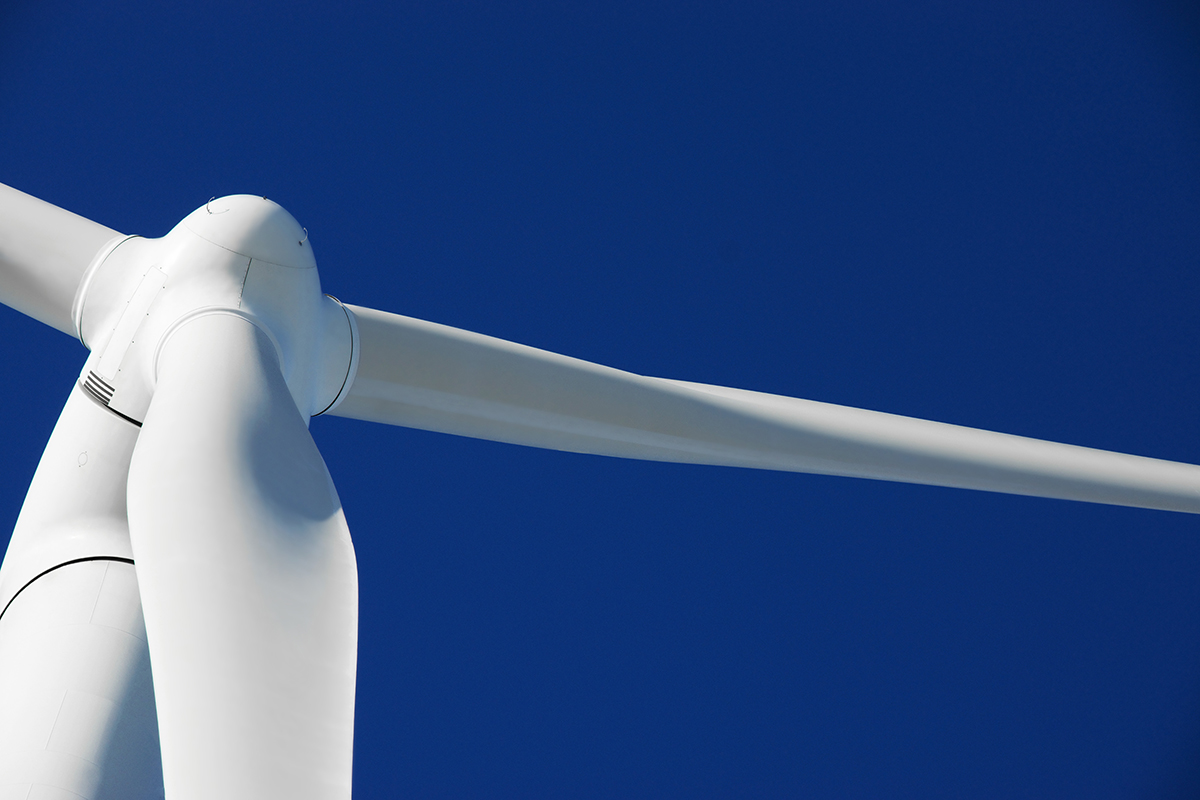Italy risks falling behind on wind power: Anev Report

To achieve the Pniec objectives, the regions of Italy should authorize at least 800 MW of wind per year. The current pace is eight times lower
The average duration of the authorization process for solar and wind power plants in Italy is incompatible with the PNIEC targets. This was supported by ANEV , the National Wind Energy Association, which speaks of four years and nine months for the approval of wind power projects and one year and five months for those on photovoltaics, often subject to subsequent revocations.
The picture presented by the association does not seem at all favorable to achieving the energy and climate objectives that Italy has set itself, in line with the decisions of the European Union (a reduction in emissions of at least 55 percent by 2030, compared to 1990 levels).
WHAT THE REGIONS DO (NOT)
To date, in fact, no region has definitively implemented the targets set by the PNIEC and very few are preparing proposals for updating their energy plans for the new targets by 2030.
Lombardy, for example, has made use of a biennial monitoring and updating tool for its plan, even if at the moment the objectives stop at 2020. In Piedmont, the new energy plan is awaiting approval by the regional council. The Lazio one contains strategies and objectives up to 2050 and is close to approval: however it was formulated before the PNIEC. The Sardinia plan, approved in 2014, also needs updating; that of Emilia-Romagna dates back to 2017. There are also plans in consultation in Puglia and Sicily; in Campania, this phase ended in 2019 and approval is awaited.
The approval of adequate and updated regional plans is crucial for the achievement of national targets on renewables, given that each region has been assigned a mandatory quota of energy production from these sources: we speak in the jargon of “burden sharing”.
WHAT TO DO TO REACH THE PNIEC NUMBERS
The PNIEC foresees that by 2030 wind power will double its production through new plants and “repowering” (an update of the components already installed that allows for greater power). Moreover, 900 megawatts of offshore wind power are planned, at sea, which Italy could build by focusing on new floating technologies .
An Elemens study carried out for ANEV explains that, in order to achieve these objectives, "the regions will have to authorize at least 800 MW per year, when the pace in the last three years has been eight times lower". Given the current state of licensing, the PNIEC objectives for wind energy for 2030 will be achieved at least twenty years late, by 2050.
HOW IS THE WIND POWER IN ITALY
The study also recalls that three years after the introduction of the new regulations on wind permitting – the environmental impact assessment, or EIA – no new plant of this type has been authorized, although projects for over 9 gigawatts of capacity.
Since its inception (2017), the National EIA Committee has issued only four assessments out of the 132 requests. Out of about 9.2 GW of requests, more than 6 GW are still to be processed and without an opinion; on those examined, the Ministry of Culture expressed itself negatively three times out of four.
THE PROBLEM OF CONCENTRATION IN THE SOUTH
Wind projects are mainly concentrated in Central-Southern Italy, with a "crowding" – says Elemens – in some provinces of Puglia and Campania.
This situation is an obstacle to the development of new capacity, given that many of the negative opinions issued by the regions, especially in terms of environmental and visual impact, lead to the presence on the territory of a large number of plants already in operation or already authorized. .
This is a machine translation from Italian language of a post published on Start Magazine at the URL https://www.startmag.it/energia/italia-eolico-obiettivi-pniec/ on Sun, 30 May 2021 06:30:19 +0000.
